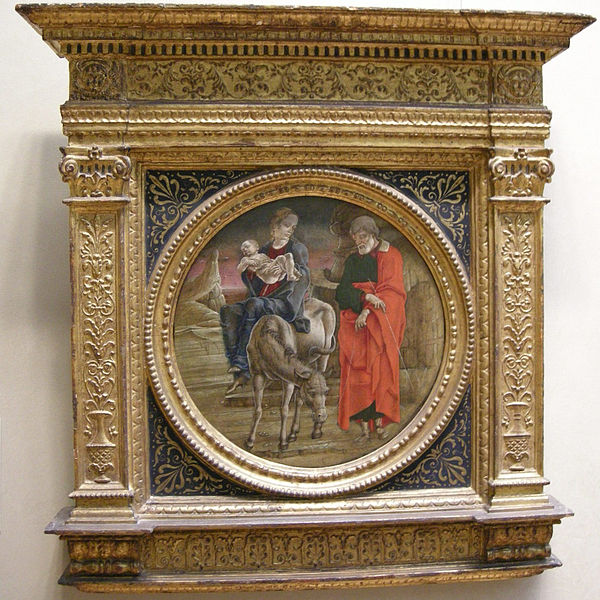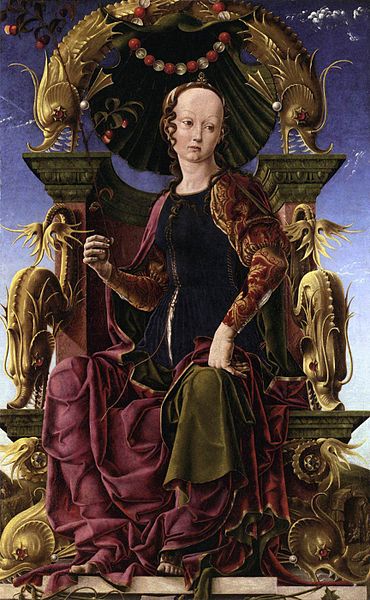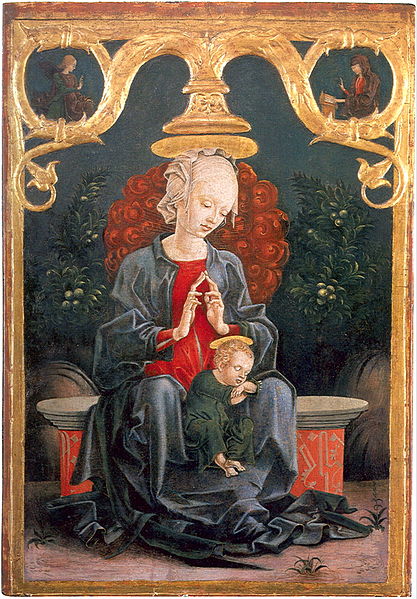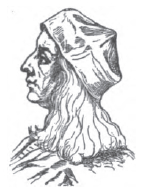Tura, Cosimo

Painted by the Italian Renaissance painter Cosimo Tura(1430-1495), this tempera on wood painting depicts the Holy Family during their Flight into Egypt. The roundel, probably painted in the early 1470s was one of three pieces that were thought to have…
Read more

Such an imposing figure this lady makes. With a stern look on her face, the Muse, perhaps Calliope appears to be looking down on the rest of us. Surrounded by fierce mythological mammalian figures, she just exudes power and perhaps…
Read more

The garden represents Eden. The white orange blossoms symbolize Mary’s virginity. And, the sleeping Jesus and the stone sarcophagus Mary is sitting on foreshadow the death of Christ. Within the gilded scrolls at the top of this painting are two…
Read more

 Cosimo Tura is considered the first great painter in Renaissance Ferrera.
Cosimo Tura is considered the first great painter in Renaissance Ferrera.
